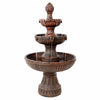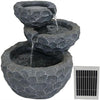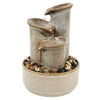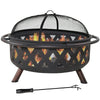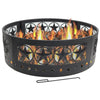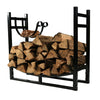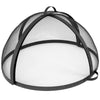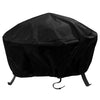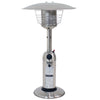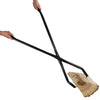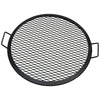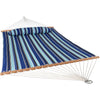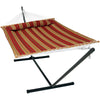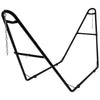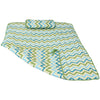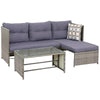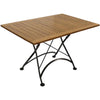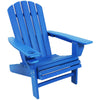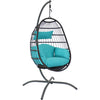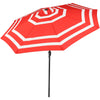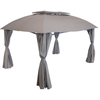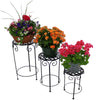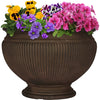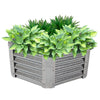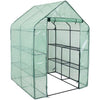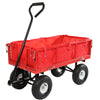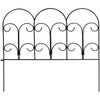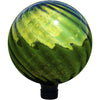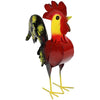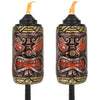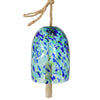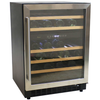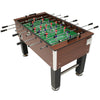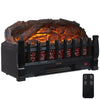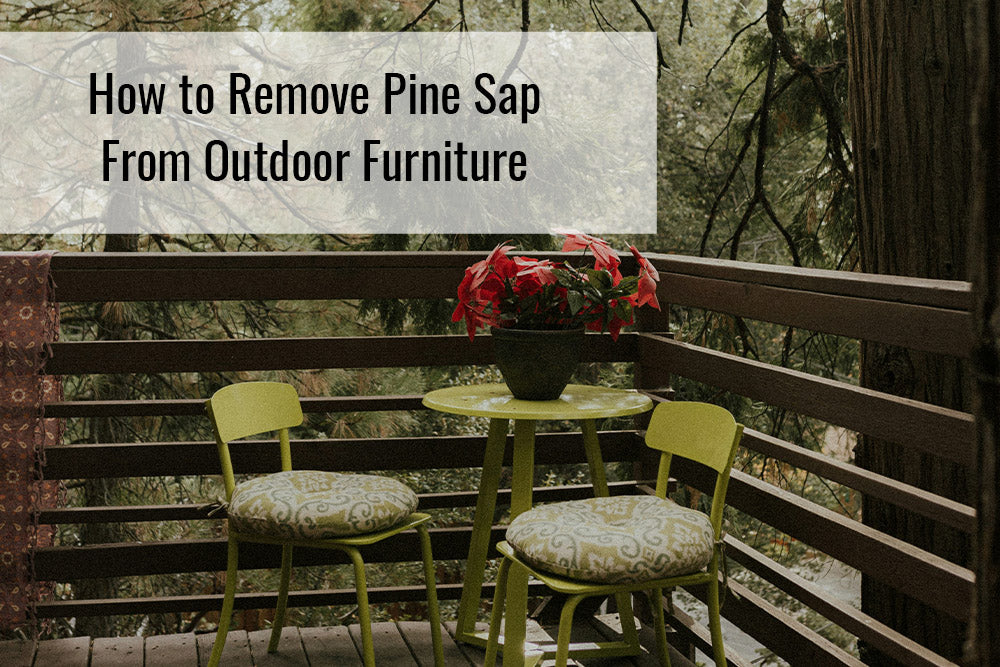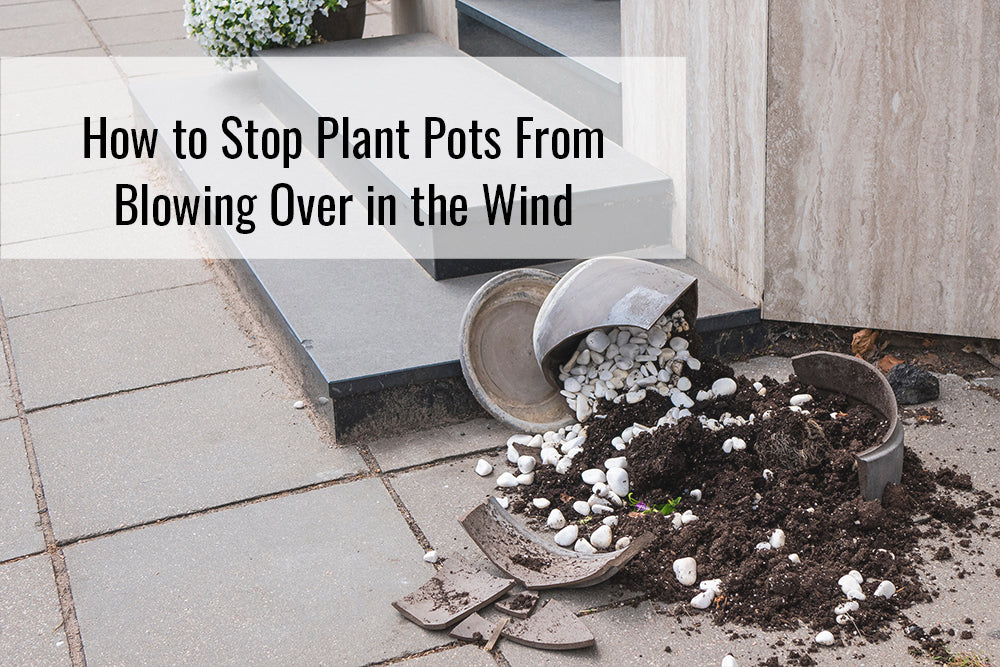As a novice gardener, one of the challenges you might face is keeping your beloved pet dogs and cats out of your raised garden beds. While you want to protect your precious plants, you also want to ensure the safety and well-being of your furry companions. Fortunately, there are simple yet effective strategies you can implement to achieve this balance. As someone who cherishes both home and garden life, proudly sharing space with my cat and dog, I understand the challenge of maintaining a garden oasis free from furry interference. In this comprehensive guide, we'll explore practical tips to safeguard your raised garden beds from pet intruders without causing any harm.
Tip #1: Choose the Right Location to Establish Clear Boundaries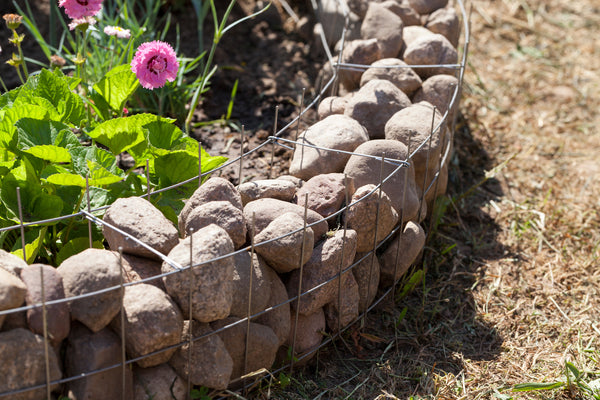
Opt for a location for your raised garden beds that is less accessible to your pets. Consider placing them away from common pet pathways or areas where your pets like to play. Create a visual and physical barrier by installing an attractive border fence around your garden beds. Additionally, chicken wire and lattice are sturdy enough to use as long as they are tall enough to deter your pets. Whether made of metal, wood, or plastic, this adds a touch of style while deterring pets. Raised garden beds also elevate plants out of your pets' reach.
Tip #2: Designate a Digging Area and/or Create a Distraction Zone
For those enthusiastic diggers, especially dogs, designate a specific area filled with loose soil or sand for them to excavate. Hide toys and treats to make it an enticing spot, satisfying their digging urges without disrupting your garden. Alternatively (or in addition to), you can designate a separate area in your yard for your pets to play and explore freely. Fill this area with pet-friendly toys, scratching posts, and comfortable bedding to encourage them to spend time away from your garden beds.
Tip #3: Natural Deterrents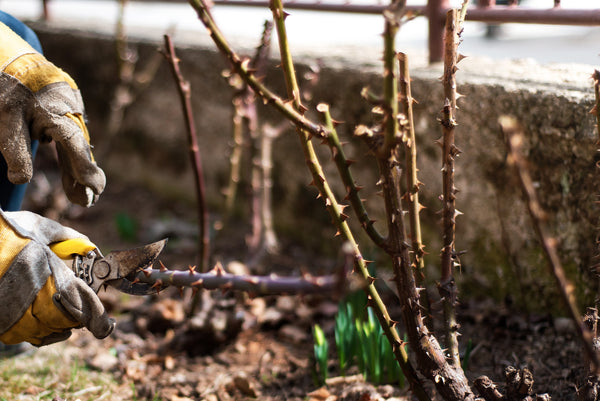
Place sticks, wood chips, rocks, branches, or thorny prunings with the pointed ends facing up in your garden beds to discourage pets, especially cats. Pets don't like the unpleasant sensation under their paws. You can space out these pointy or prickly materials between your plants by sinking them into the soil about halfway. They'll still be visible enough to dismay garden walkers. Rose prunings or holly branches work well since they come preloaded with protective spiky thorns! Burying pinecones or broken sea shells around seedlings is another great option as their spikey surfaces also tend to daunt paws. You can refresh these "bear traps" every month or so as materials get pushed down into the dirt or covered by plants.
Tip #4: Exploit Their Sense of Smell
Use their keen sense of smell against them by placing unpleasant (but harmless) odor deterrents around the perimeter of beds. For example, soaking cotton balls in potent essential oils that pets hate but humans can barely detect, like citronella, lavender, peppermint, or lemongrass and strategically tucking them around the edges of vegetable patches or flower beds will deter pets and keep them from digging up your favorite plants. Placing them just inside the borders works best so they get hit with the smell before entering. Secure the oily cottons firmly into little cracks or holes so they don't get scattered everywhere. Just don’t forget to refresh them once a week or after heavy watering washes the scent away. Lavender and lemongrass seem to be the longest lasting.
Tip #5: Cover Exposed Soil
Shield newly planted beds with loose, exposed soil using weed barrier fabric or floating row covers until plants fill in. This also aids in weed suppression. Once the garden is established, it becomes less appealing to pets. Covering raised beds with removable netting or wire mesh is another method to keep cats and dogs away as it helps prevent them from digging in the soil or trampling delicate plants while still allowing sunlight and rain to reach your garden.
Tip #6: Train Them to Stay Out and Supervise Their Outdoor Time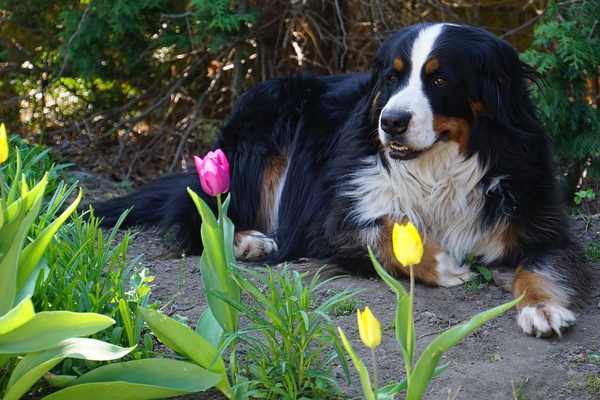
Interrupt and guide your pet out of the garden when caught entering. Use treats and praise as positive reinforcement when they voluntarily leave. Train puppies to use a specific area of the garden by placing a fire hydrant statue for relieving themselves. Consistency in training establishes the garden as off-limits unless invited. Also, whenever your pets are outside, supervise their activities to ensure they stay away from the raised garden beds. If you notice them showing interest in the garden, gently redirect their attention to other areas of the yard.
Tip #7: Motion-Activated Deterrents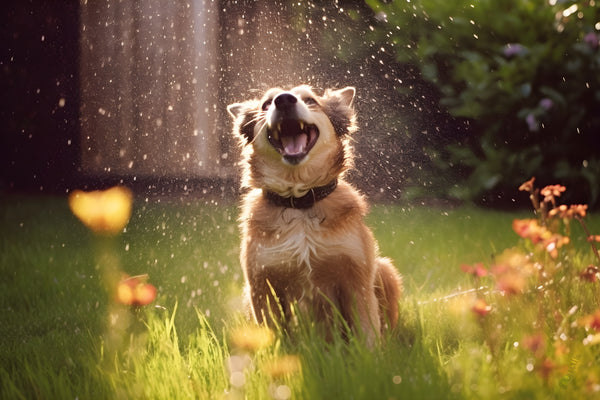
Employ motion-activated sprinklers, ultrasonic devices, or water sprayers to startle curious pets with harmless water sprays or high-frequency sounds. These devices detect movement and emit a quick blast when Rover or Mittens wanders into their sensor range around your garden borders. Carefully adjust and test the motion sensors so they cover the area right at the beds’ edges but won’t accidentally keep spraying your poor pooch if they lay down just outside the border. Most quality pet deterrent models allow you to tweak sensitivity and spraying frequency/duration. It should only activate if your pal actually enters the garden, not anytime she gets near.
With these simple yet effective tips, novice gardeners can protect their raised garden beds from pet dogs and cats without causing any harm. It requires some effort, but consistent training and well-defined garden boundaries will teach your pets to respect your space. By implementing a combination of physical barriers, natural deterrents, and positive reinforcement training, you can create a safe and harmonious environment where both your plants and pets can thrive. Remember to prioritize the well-being of your furry companions while nurturing your green thumb in the garden!
